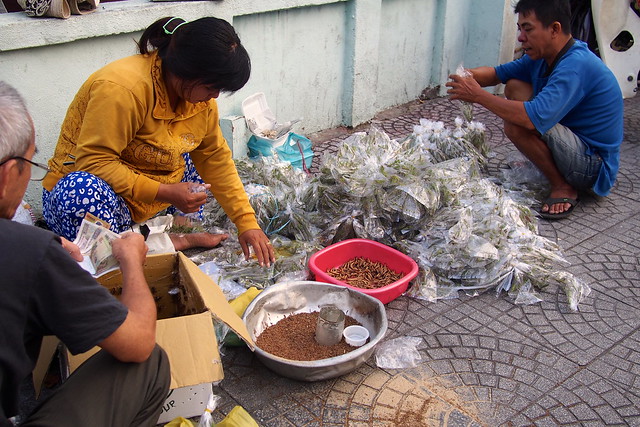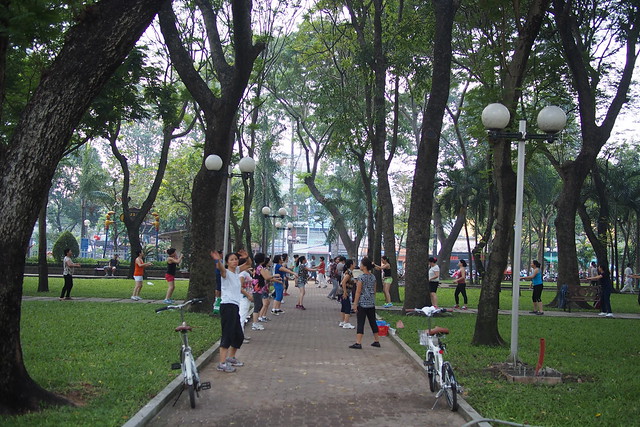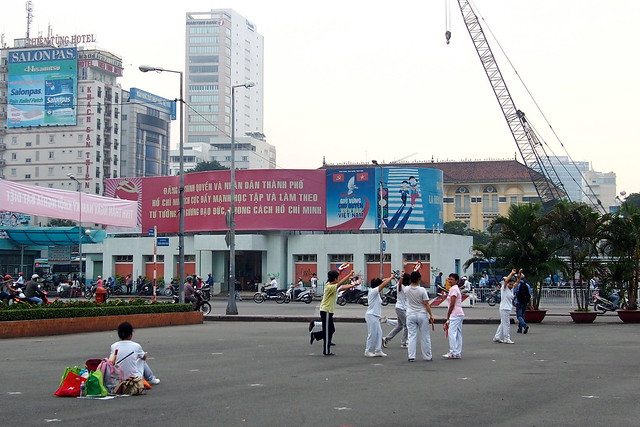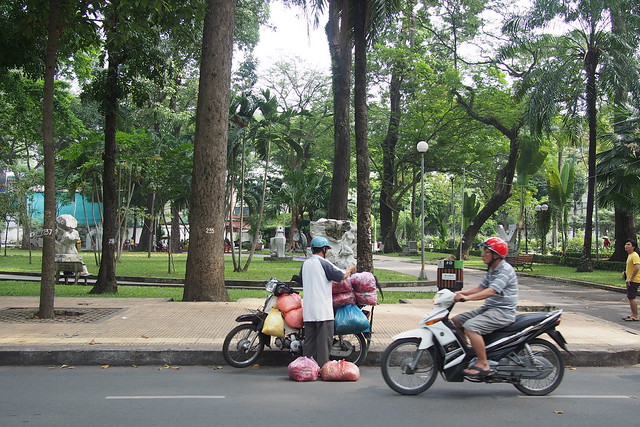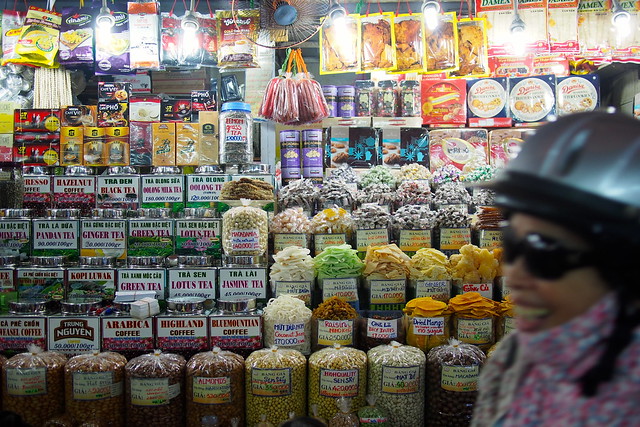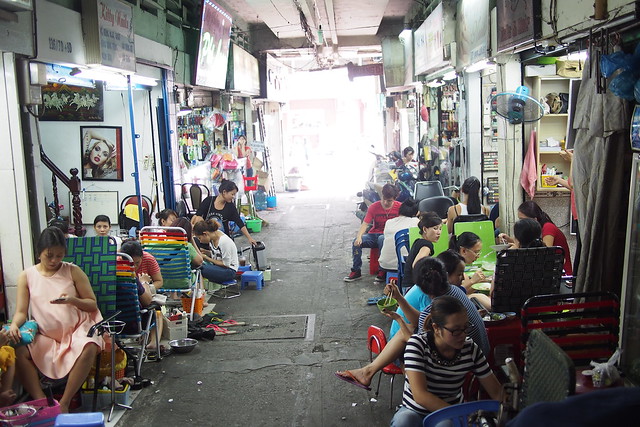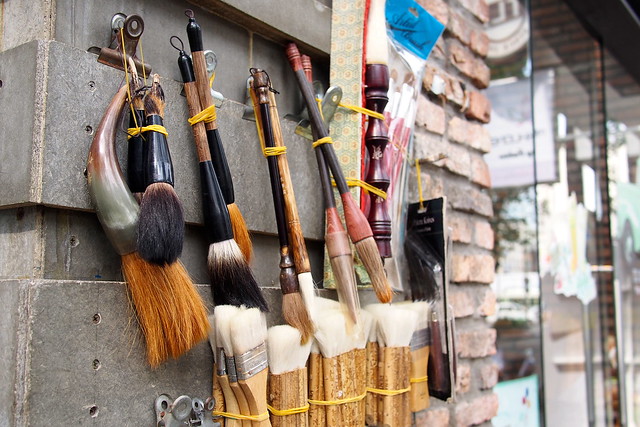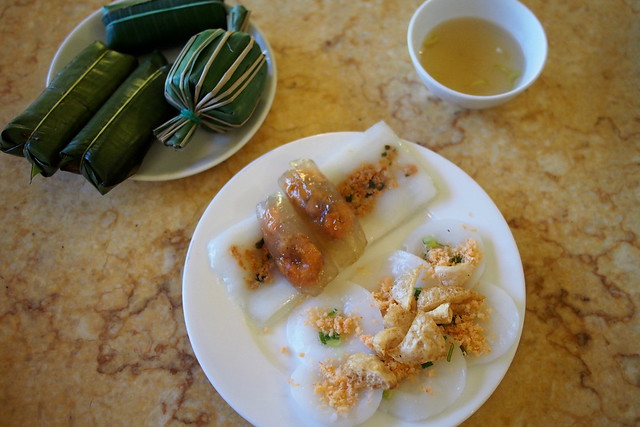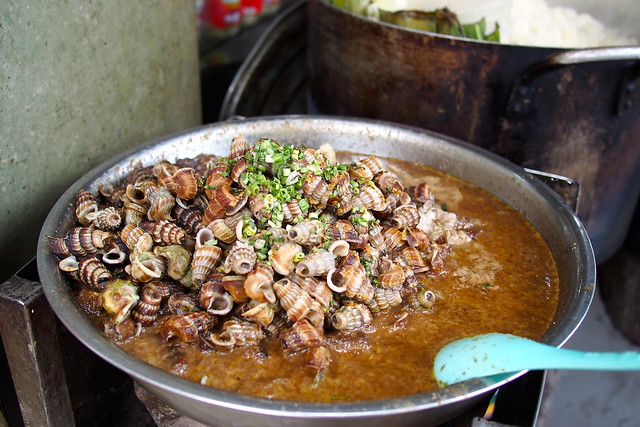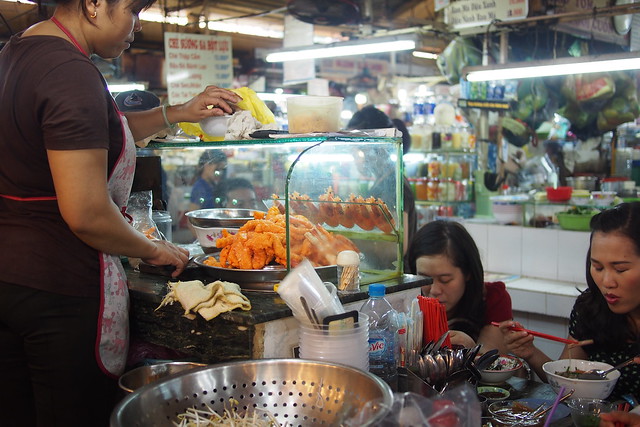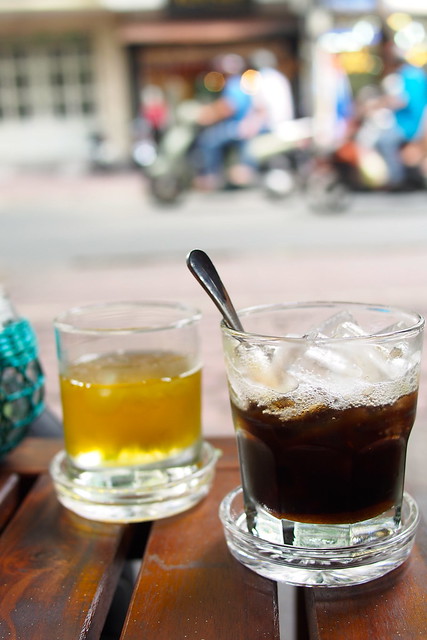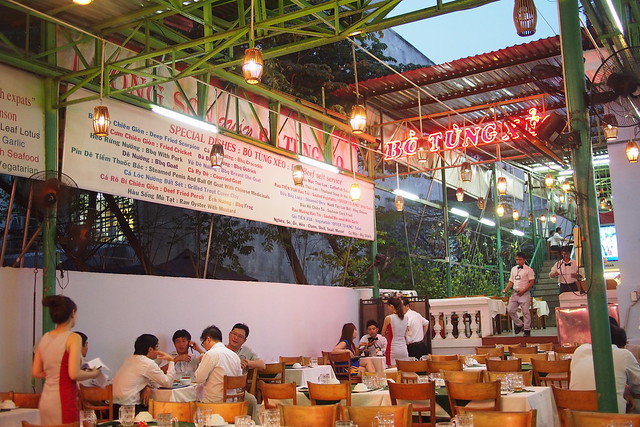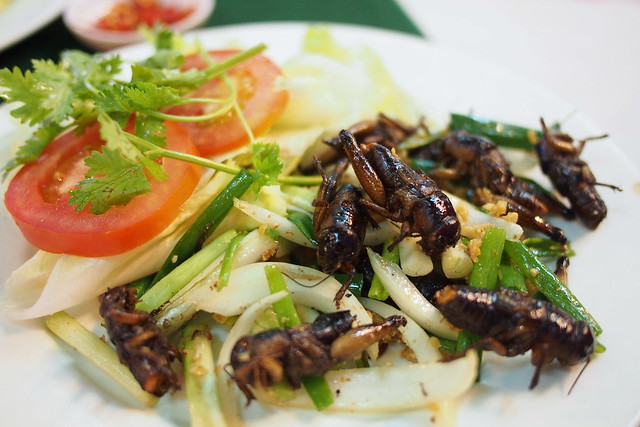London -> Harwich -> Hoek of Holland -> Amsterdam (Holland) -> Copenhagen (Denmark) -> Stockholm (Sweden) -> Riga (Latvia) -> Moscow (Russia) -> [Trans-siberian or Trans-mongolian Express] -> Ulaanbaatar (Mongolia) -> [Trans-mongolian Express] -> Beijing (China) -> Hong Kong (SAR, China) -> Guangzhou (China) -> Nanning (Guangxi, China) -> Hanoi (Vietnam) -> [Reunification Express] -> Ho Chi Minh City (Vietnam)
There has been no end of people gushing how my London to Singapore trip, over land, was going to be the journey of a lifetime. I just could not understand it – all I was doing was taking a really slow and tedious route from Europe to Asia.
 And many of the epic train journeys, like the Trans-mongolian Railway and now the Reunification Express were just normal means of commuting for many people. Perhaps it wasn’t the cost of train rides that were the issue, but the rarity of the experience in our little social circle?
And many of the epic train journeys, like the Trans-mongolian Railway and now the Reunification Express were just normal means of commuting for many people. Perhaps it wasn’t the cost of train rides that were the issue, but the rarity of the experience in our little social circle?
Continuing my read-through Andrew Potter’s book:
The Authenticity Hoax: The Creative Self
“In the last couple of chapters, we have followed the turn in Western culture that began with an initial, visceral reaction against the three pillars of the modern world: spiritual disenchantment, political liberalism, and the growth of the market economy. As we traced it through the thought of Jean-Jacques Rousseau, this reaction gave rise to the ideal of authenticity, which culminated in a celebration of spontaneity, emotional transparency, and a fixation on the creative powers of the individual to provide meaning in a world that otherwise offers none.
This last development is particularly important. Once the authentic self becomes, in effect, an artistic project, that puts a number of questions relating to art and authenticity front and center. What counts as an authentic work of art? What threatens artistic authenticity?…”
“There is an ambiguity in the way we use the term authenticity when discussing art. The first kind of authenticity, what the art world refers to as its provenance, is concerned with the correct identification of the origins or authorship of an object or work…[the second kind is about] whether the work is a true expression of the artist’s self, her vision, her ideals, or perhaps her community, culture, or “scene”. What we are concerned with in this case is that there is a divergence between the art that is expressed and what we think the artist ought to be expressing, or is entitled to express.”
“The underlying intuition here is that there is an intimate connection between your upbringing and your identity: that the biographical question “Where are you from?” is a reliable guide to answering the existential question “Where are you coming from?” Further, there’s a normative dimension to this, insofar as your background (including your race, your class, your schooling, even what part of the country you are from) frames the scope and limits of what you can legitimately claim to speak, or sing, or paint, or write about.” [Comment: class distinction and social hierarchy smuggled in another form?]
“This intuition manifests itself all over the place. For example, it is what drives one of the longest-running battles in the culture wars, over “appropriation of voice” and the question of when, if ever, it is permissible for someone of one culture or racial background to speak in the voice of another.” [Comment: long-running assumption that “blacking-up” is politically-incorrect, but what about cripping-up then? ask some]
“…what the [Sonia] Sotomayor incident highlights is the way this type of identity politics quickly turns into a form of status competition, where the relative authenticity of one voice over another results in a game of moral one-upmanship.”
“According to the standard picture of cultural co-optation, what happens is an authentic art form emerges organically out of a given subcultural milieu. Eventually, members of the dominant culture (usually rich white males) come along and appropriate the superficial looks or sounds or techniques of this artform while taking some sandpaper to its rougher edges. This softened version is then sold to the masses as the real thing…What happens if we can’t tell the difference between the original and the fake, or between the authentic and the ersatz?”



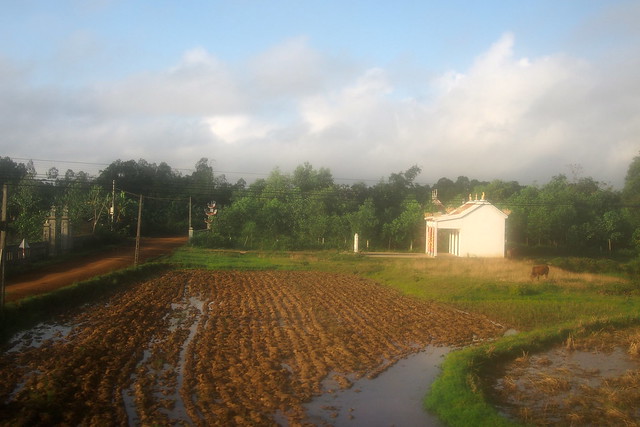

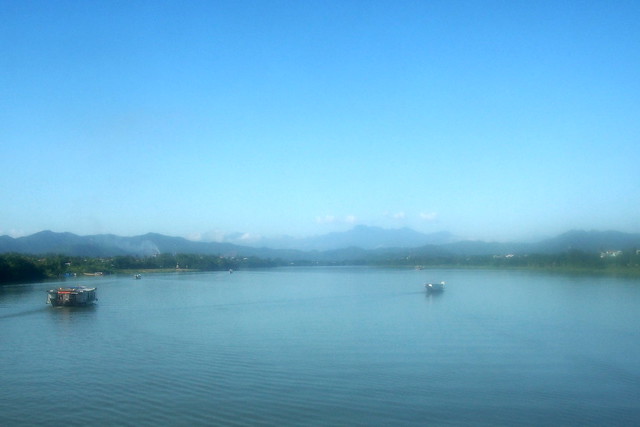
 “We might think it is a straight-forward, empirical fact whether a painting is an authentic Rembrandt, and the connoisseur is the one who can tell us. But in a world where art can be copied, reworked, and reproduced in an indefinite number of copies, the very idea of the “original” work becomes problematic, and by the end of the twentieth century it had led to a serious crisis of authenticity in the world of art.”
“We might think it is a straight-forward, empirical fact whether a painting is an authentic Rembrandt, and the connoisseur is the one who can tell us. But in a world where art can be copied, reworked, and reproduced in an indefinite number of copies, the very idea of the “original” work becomes problematic, and by the end of the twentieth century it had led to a serious crisis of authenticity in the world of art.”
“[Walter] Benjamin argues that there is a straightforward answer to the question of what distinguishes an original work of art from the perfect copy, since even the perfect copy is lacking in one crucial element, namely, its “presence in time and space, its unique existence at the place where it happens to be…the sense of awe or veneration we have for an authentic relic or a work of art is captured by more than just its past. What we value is its aura, which consists in the history and individuality of the object, insofar as it is embedded in what he calls the “fabric of a tradition.” That is, an authentic work of art is an object that was created at a certain time for a specific purpose.”
“In secular cultures, the aura is preserved…by what Benjamin calls “the cult of beauty”, the secularised but quasi-religious worship of art for art’s sake.”
“So to qualify as an authentic work of art, it is essential that it be connected in some way to a community and its rituals, and the further removed an object is from this ritual power, the more the aura withers. This is why Benjamin thought that the early-twentieth century debate over whether photography and film are legitimate forms of art completely missed the point. The real issue was the way in which these had completely transformed the entire nature of art by dissolving the relationships within which the concept of the authentic work made sense. The two main solvents at work in the age of mechanical reproduction are massification and commodification.”
“In the age of secularised, commercialised, mass-marketed entertainment, what plays the role of the ritual in preserving the aura of the work is the artist’s life. Their past, their history, their lifestyle or persona is what provides the ballast that anchors the work in some sort of creative tradition or narrative, saving it from the frothy superficiality of mere commerce.”
“…in the age of digital reproduction, we treat art as a commodity – cheap, ubiquitous, and disrespected.”
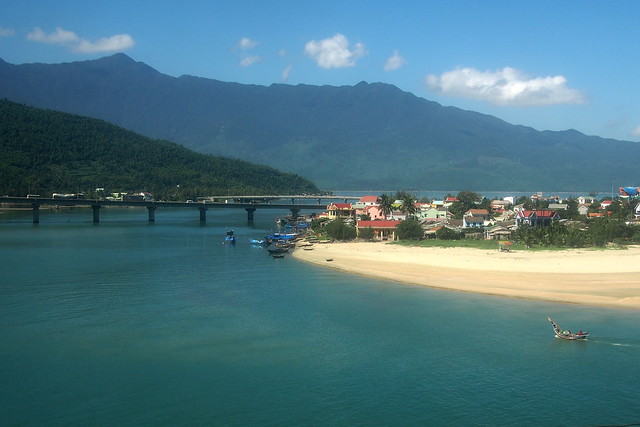
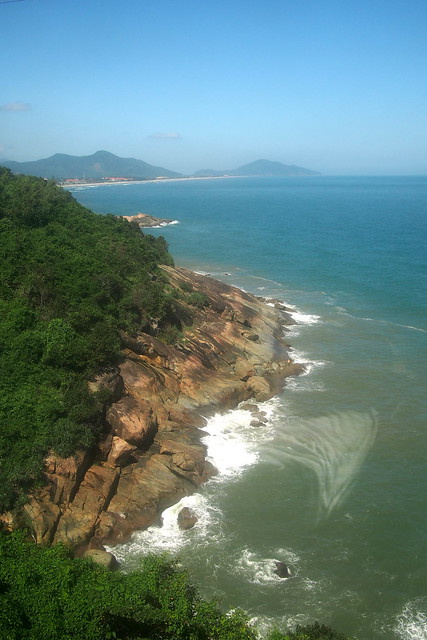
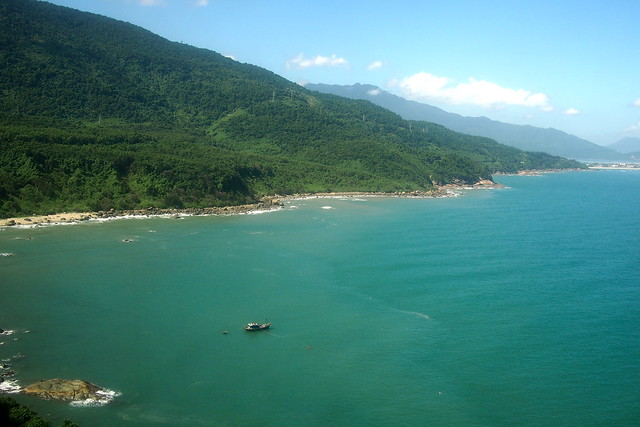 “…in the age of digital culture it is not just access to art that has been democratized but its production as well…But when everyone is so busy creating, who has time to consume any of it? In an economy where what is scarce is attention, the spoils will go to the artist who is best able to command it, even if this requires some rather baroque or contrived setups to achieve.”
“…in the age of digital culture it is not just access to art that has been democratized but its production as well…But when everyone is so busy creating, who has time to consume any of it? In an economy where what is scarce is attention, the spoils will go to the artist who is best able to command it, even if this requires some rather baroque or contrived setups to achieve.”
“Across the artistic spectrum, we are starting to see a turn toward forms of aesthetic experience and production that by their nature can’t be digitized and thrown into the maw of the freeconomy. One aspect of this is the cultivation of deliberate scarcity…Another is the recent hipster trend to treat the city as a playground…This fascination with works that are transient, ephemeral, participatory, and site-specific is part of the ongoing rehabilitation of the old idea of the unique, authentic work having an aura that makes it worthy of our profound respect.”
“But in a reversal of Walter Benjamin’s analysis, the gain in deep artistic appreciation is balanced by a loss in egalitarian principle…now it turns out that authenticity is something for which people are willing to spend great sums of money.”
I wondered what people would have paid for a journey from Hanoi to Saigon in a compartment full of sweaty Vietnamese men…if it was sold as performance art or as an authentic trip unlike any other.
My compartment-mates were a few too many – it seemed that they’d only paid for two berths but were 6 (and maybe more). There was an older man in a uniform and two underlings who looked very uncomfortable. And there were three other men who drank frequently from a jerry can of moonshine, smoked cheap cigarettes, and played cards. All the space under the bottom berths and under the table were taken up with their large pieces of luggage. 
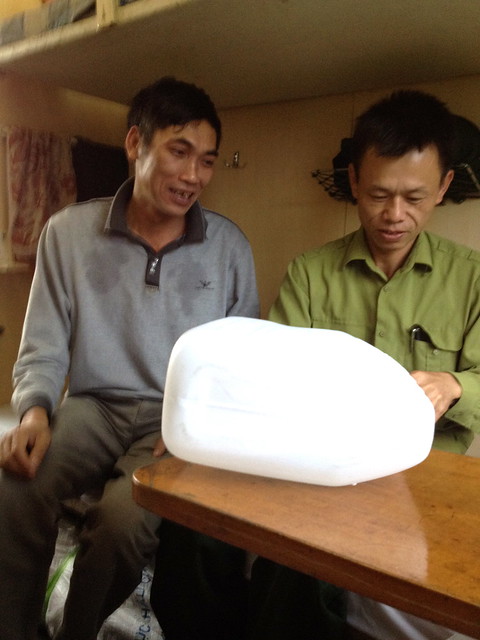
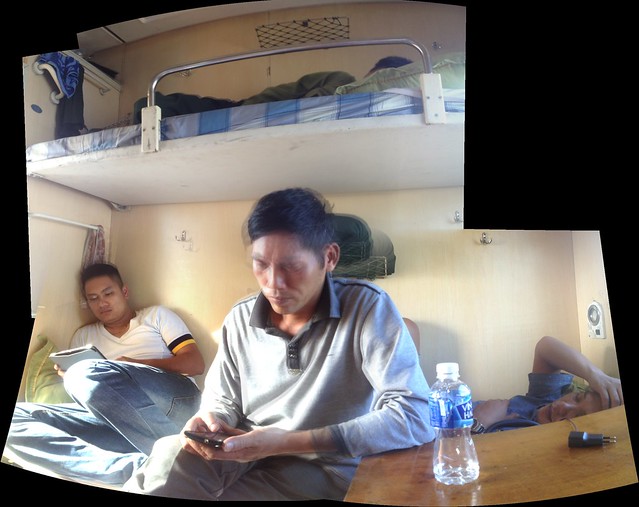
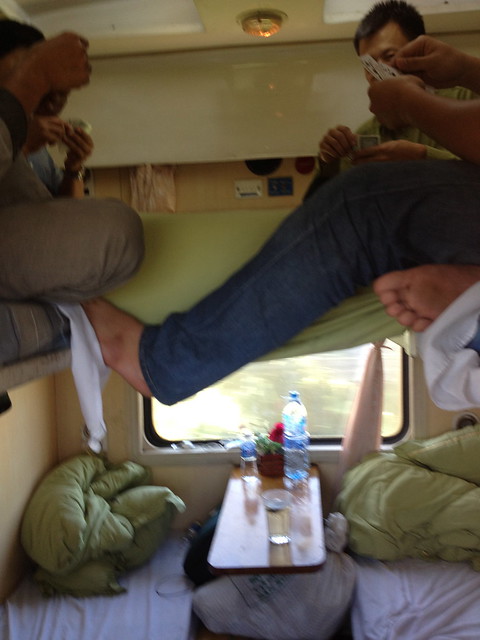 They felt at liberty to sit on my berth as well, inching closer and closer to the ball I’d made of myself next to the window, until I told them to please remove their unwashed selves.
They felt at liberty to sit on my berth as well, inching closer and closer to the ball I’d made of myself next to the window, until I told them to please remove their unwashed selves.
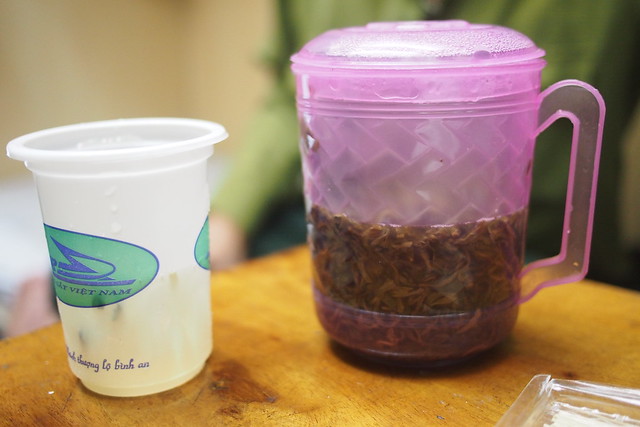 Still, there were offers of moonshine, and then tea as they sought to deal with their moonshine headaches. I wondered how my perception of the situation would change if this were my weekly commute, or if this was the set of a interactive art installation. Food on the train was rather dismal after the tastiness of Chinese restaurant cars: bao and steamed corn for brekkie:
Still, there were offers of moonshine, and then tea as they sought to deal with their moonshine headaches. I wondered how my perception of the situation would change if this were my weekly commute, or if this was the set of a interactive art installation. Food on the train was rather dismal after the tastiness of Chinese restaurant cars: bao and steamed corn for brekkie: 
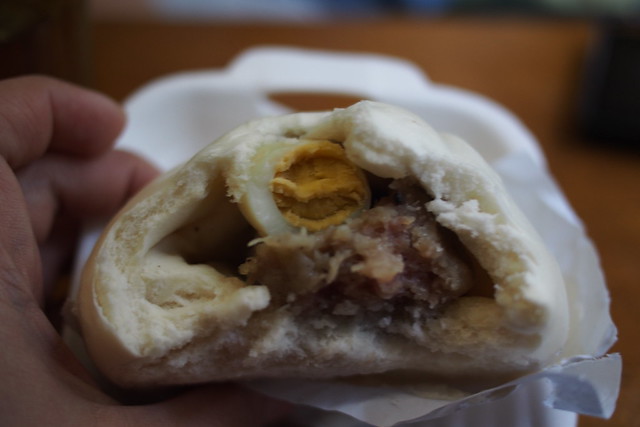

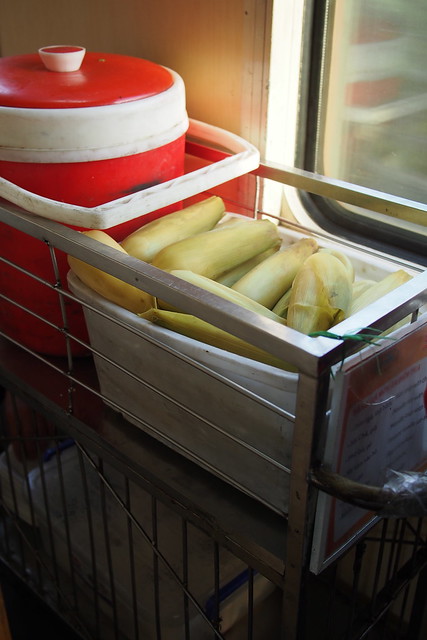 a restaurant car patronised only by train attendants, and where it was made clear that I was unwelcome:
a restaurant car patronised only by train attendants, and where it was made clear that I was unwelcome: 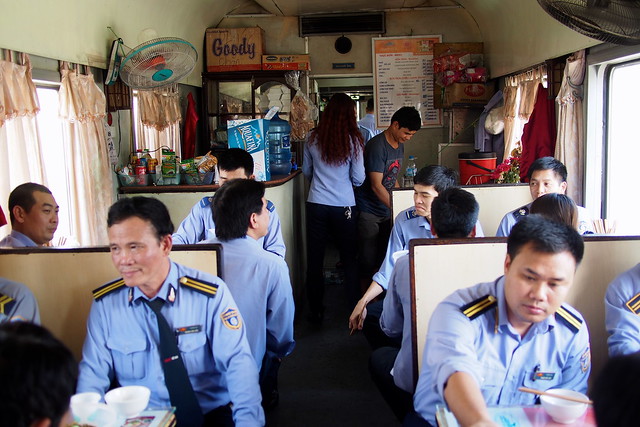
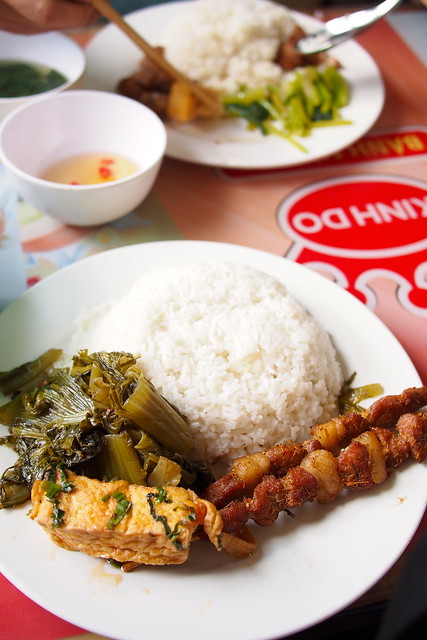 after which I decided to take my chances with the packed food coming round:
after which I decided to take my chances with the packed food coming round:  This was the only station we managed to hop off for some food-shopping:
This was the only station we managed to hop off for some food-shopping: 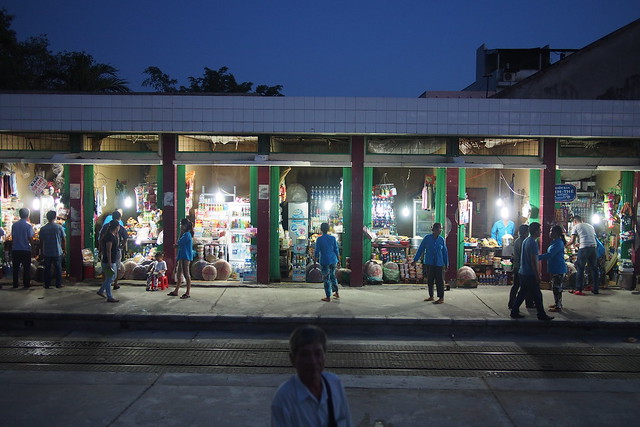 So, the glamorous authentic adventure of train travel.
So, the glamorous authentic adventure of train travel.
*part of a read-through of Andrew Potter’s The Authenticity Hoax
**also part of a photo-journal of my journey overland from London to Singapore
 Co-opted by communism, the parks with their wide promenades became communal spaces for group activities.
Co-opted by communism, the parks with their wide promenades became communal spaces for group activities.






























